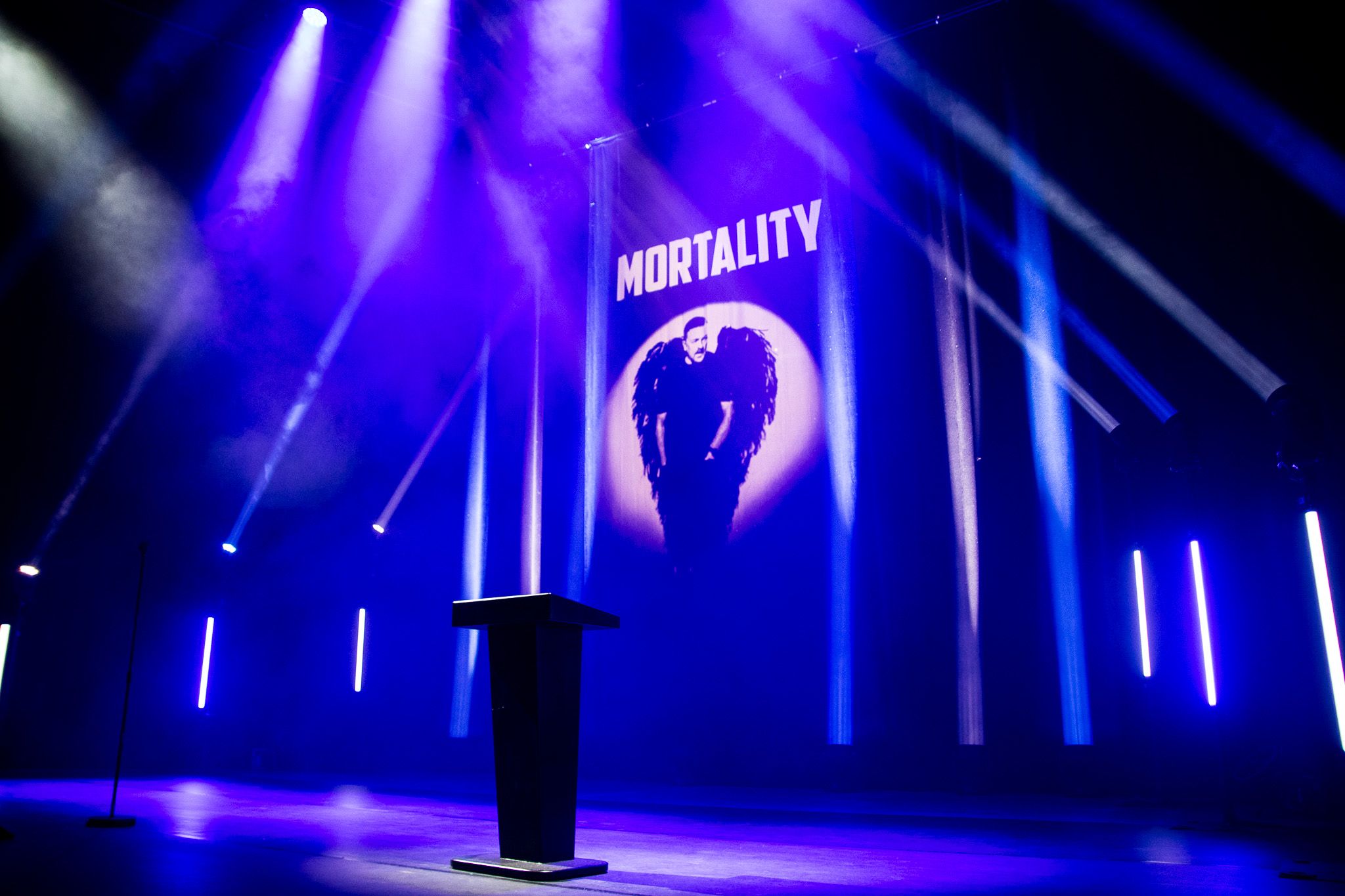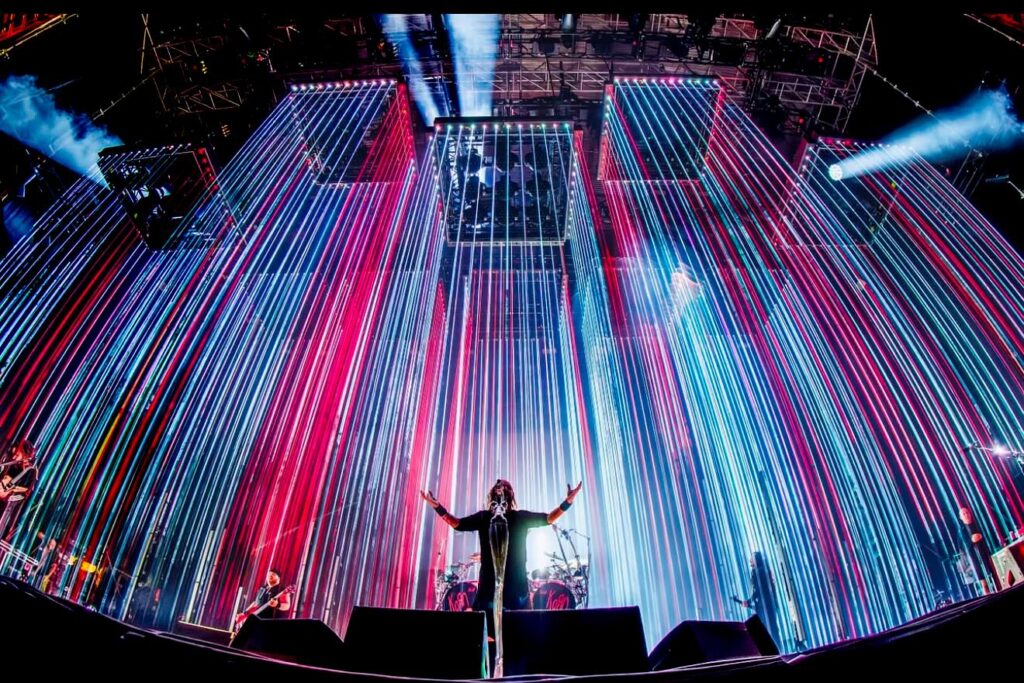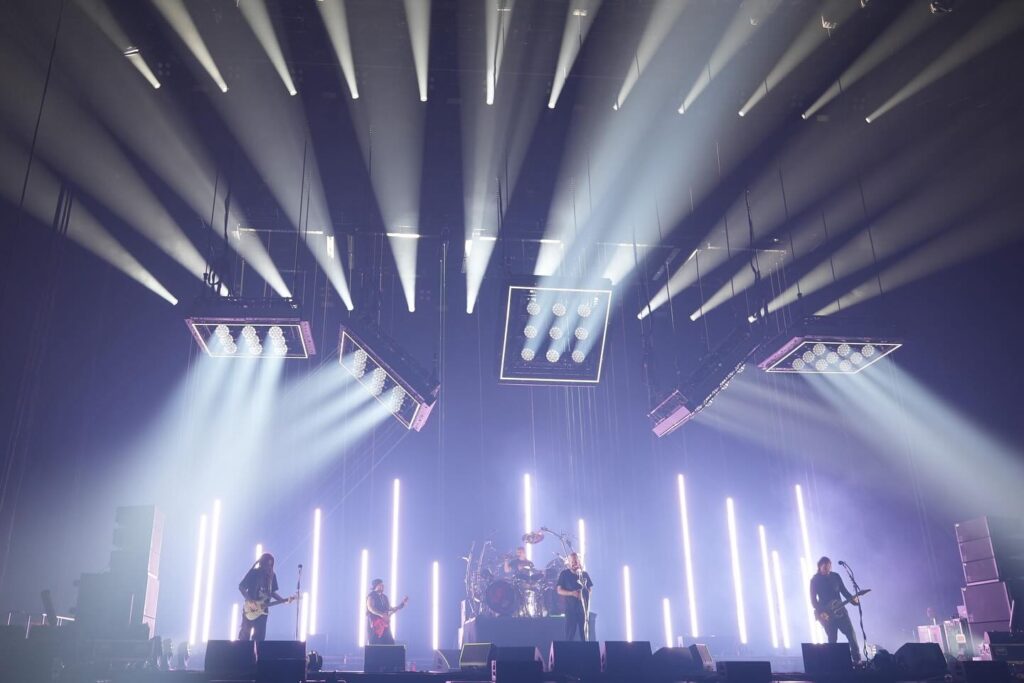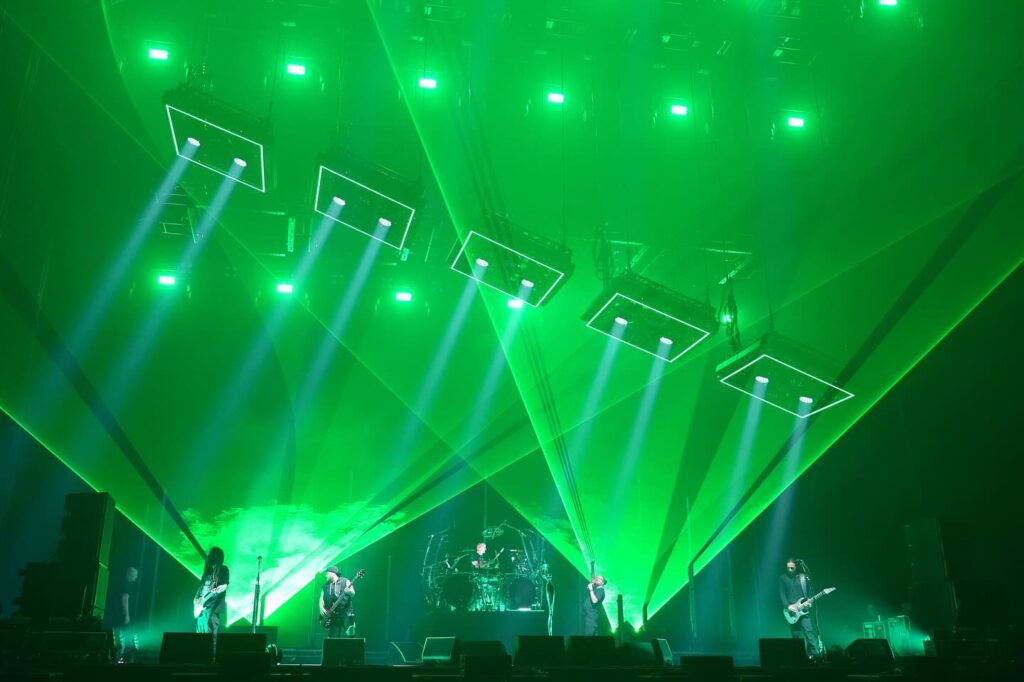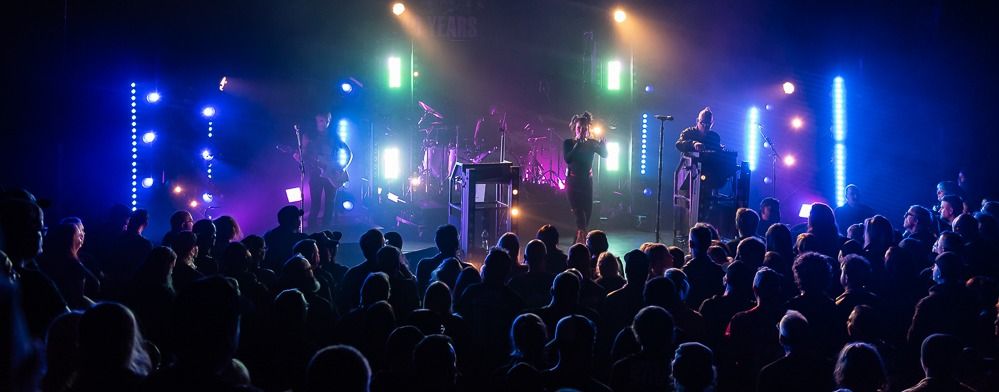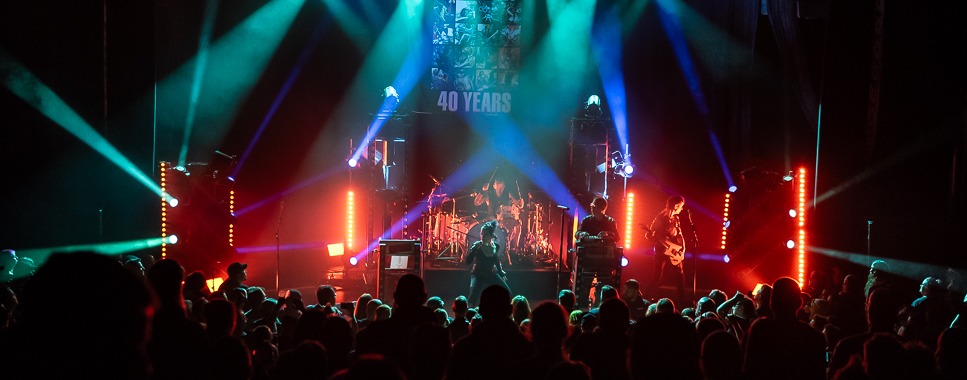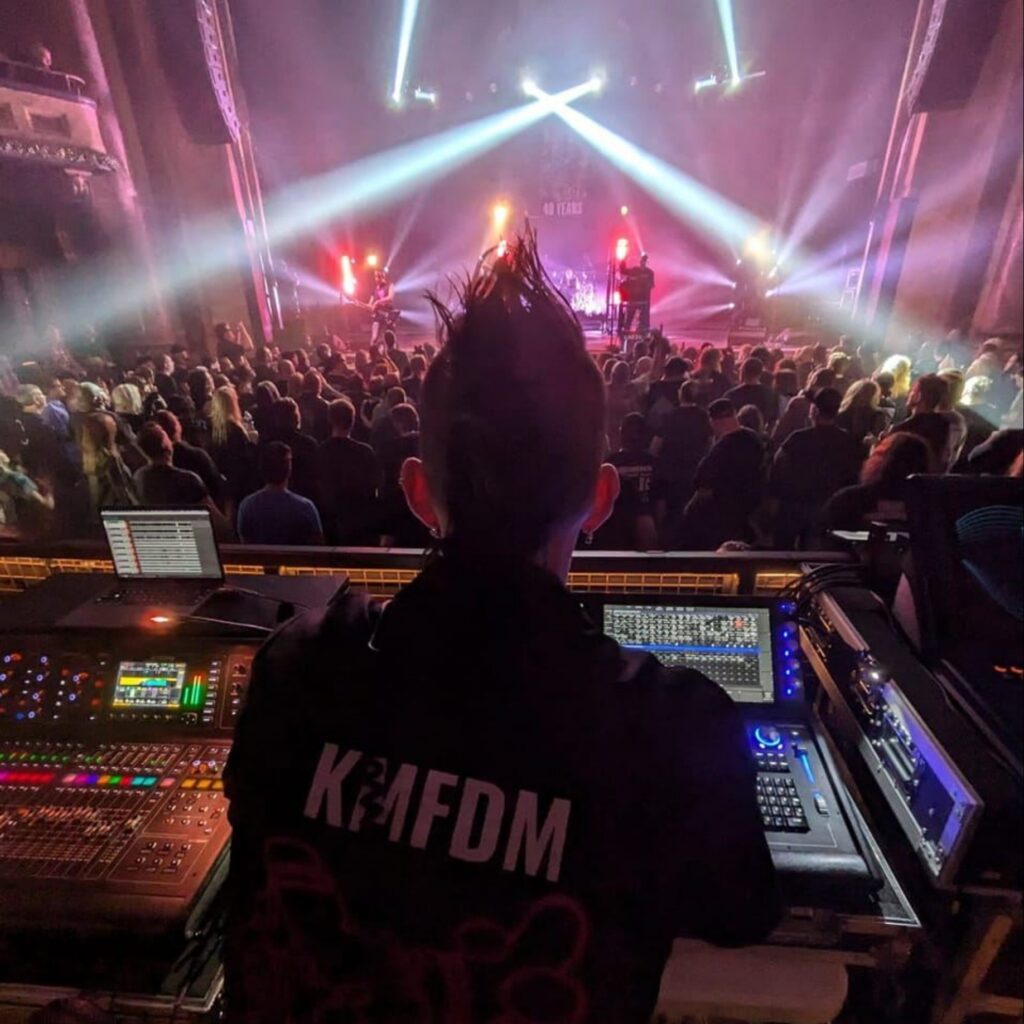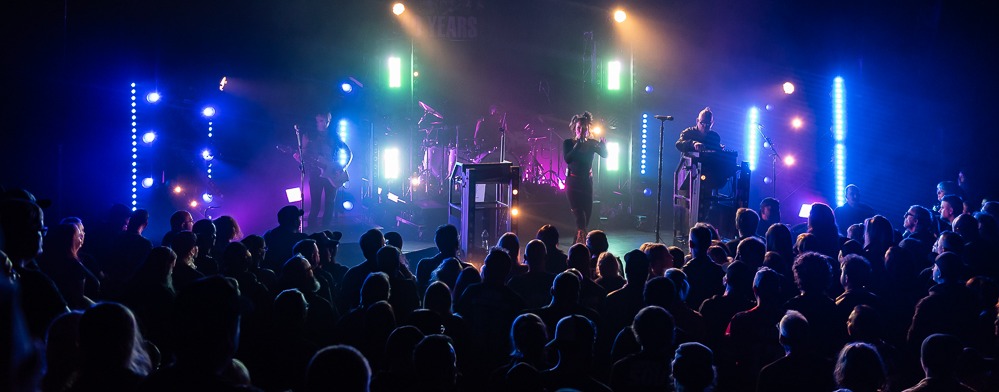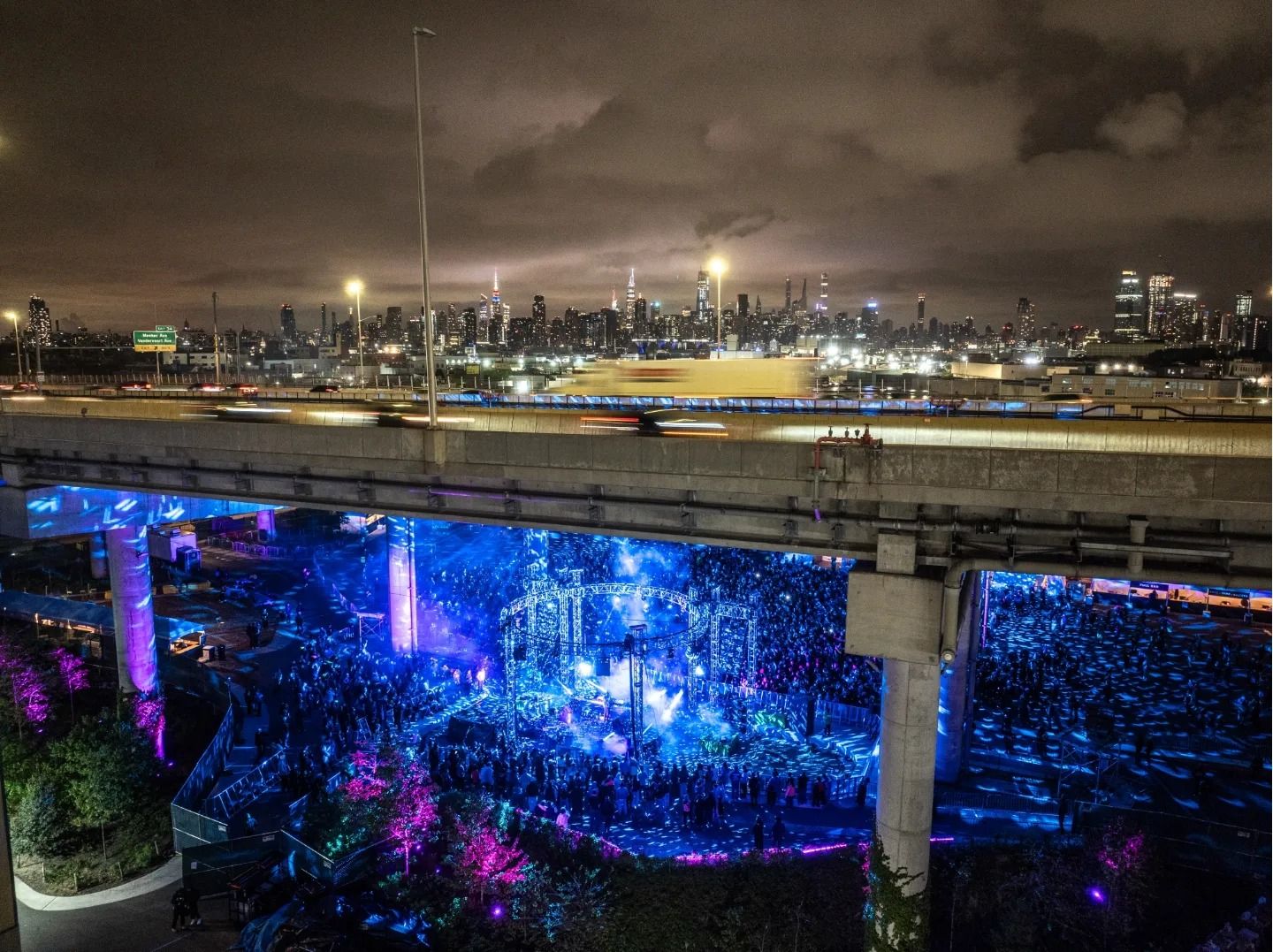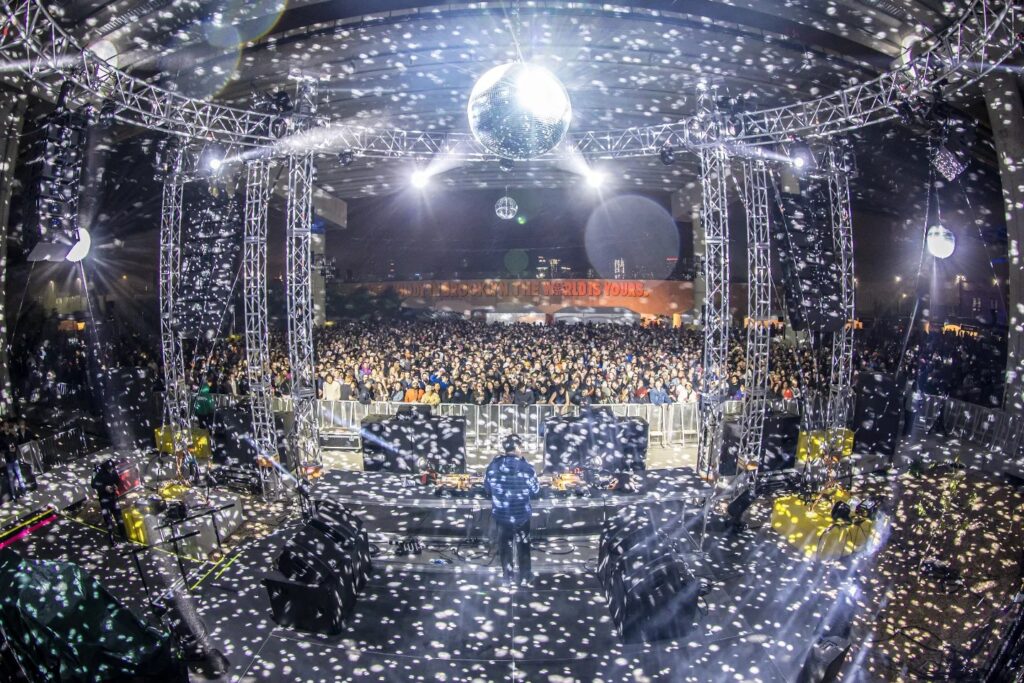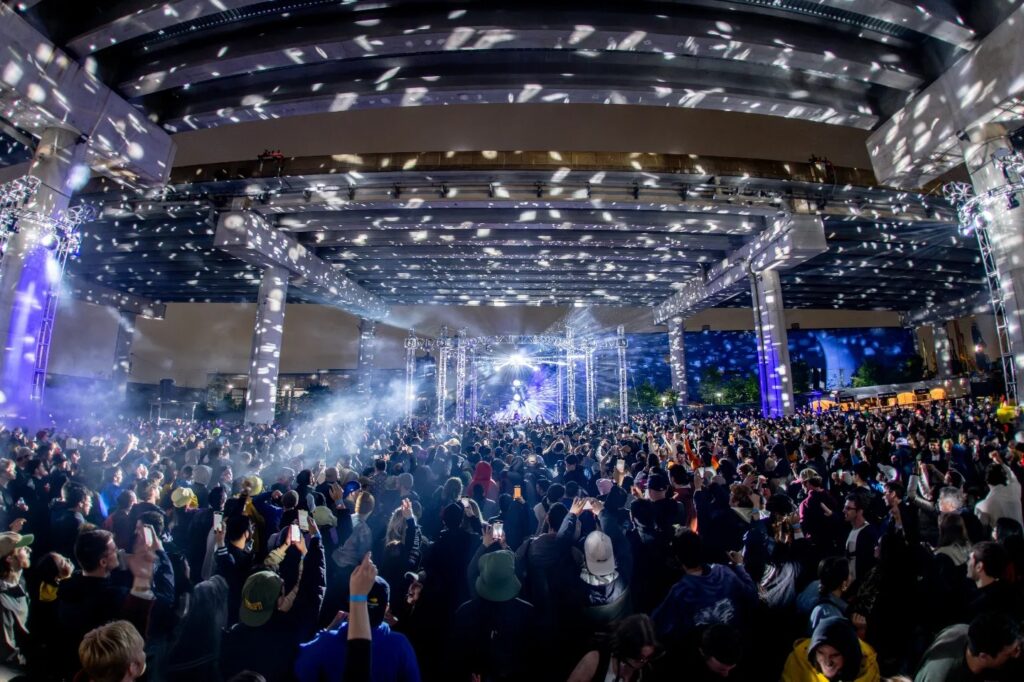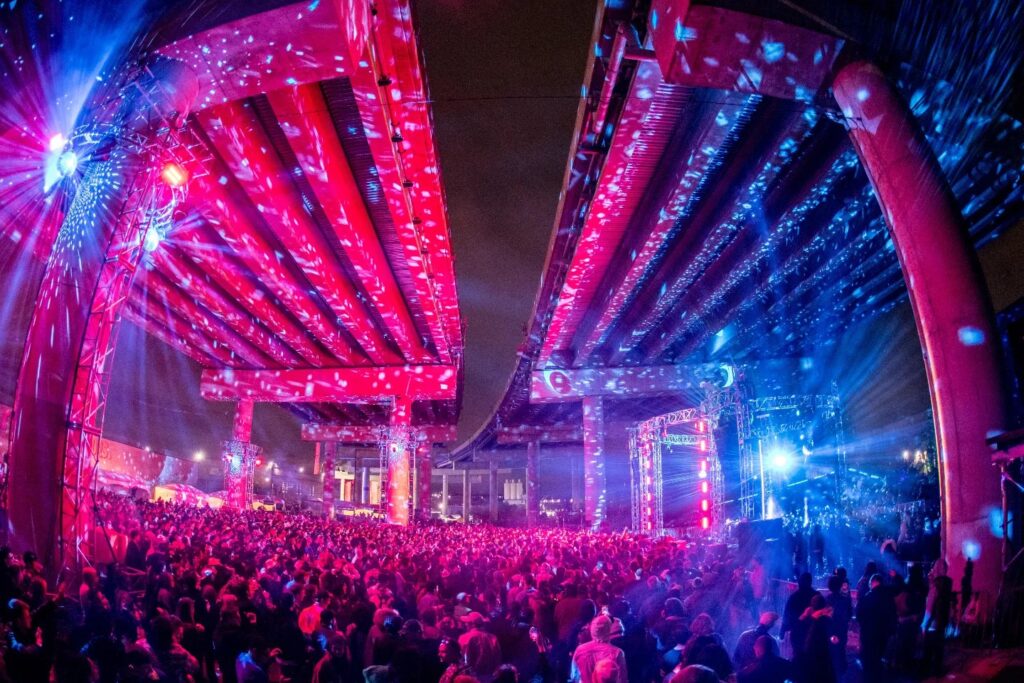Rod Clay Lights Laughs on Ricky Gervais Mortality Tour With ChamSys
LONDON – If you don’t like something, change it. If you can’t change it, laugh at it! Golden Globe and Prime Time Emmy Award winning comedian, Ricky Gervais is following this classic (and wise!) approach to human mortality in his aptly named “Mortality Tour,” which kicked off last year, and runs through the end of 2025.
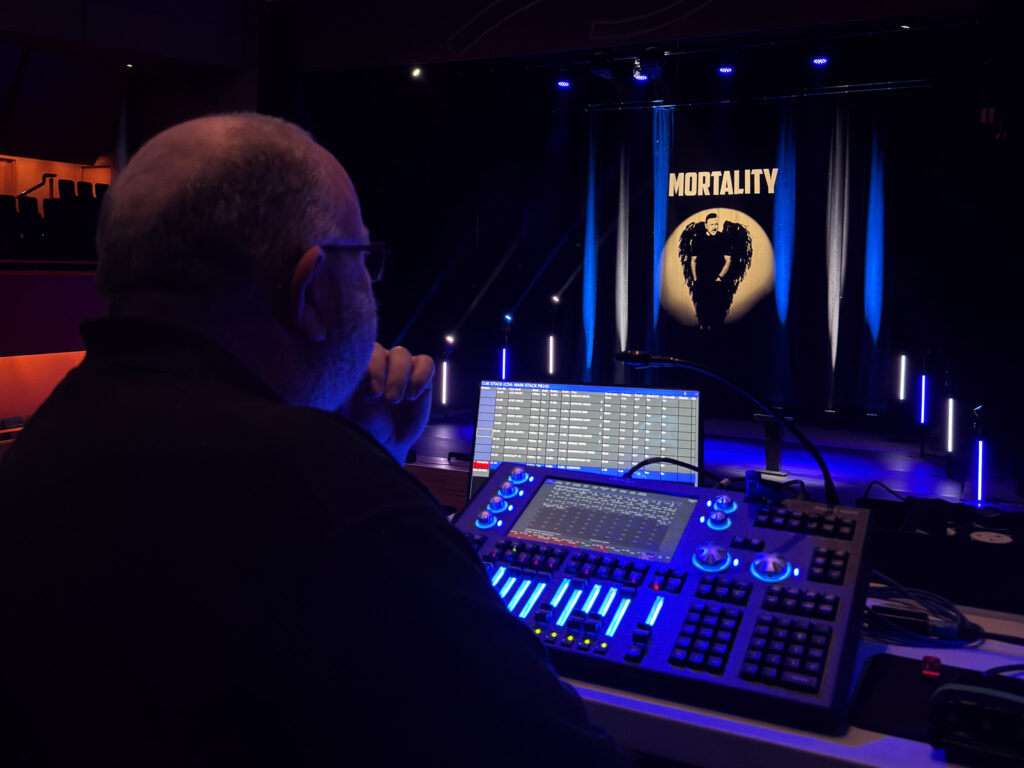
“We’re all going to die, may as well have a laugh about it,” Gervais said when announcing his global tour. And that’s precisely what the Reading-born comic is doing on the tour with his delightful mix of pithy, irreverent, and always-insightful humor. Providing a supportive backdrop for the star comic’s performance is a production designed by Rod Clay of Absorb Media Ltd, working closely with production manager, Adam Scott.
Clay is running the theatre leg of the Mortality Tour with a ChamSys MagicQ MQ70 Compact Console, along with a Compact Connect control service as his wing. “There is limited FOH space at the theatres, so the ChamSys Compact series was the obvious choice,” he explained. “The shows are always sold-out, so space is at a premium.
“Aside from saving us space and giving us a lot of power relative to its footprint, the ChamSys is easy to load in and out,” continued Clay. “That’s very important, as the turn around on the show is fairly tight. We arrive early morning and load in. The tech run is at 5pm, then Ricky arrives 6pm, and does his checks. The show opens at 7pm and the next thing you know we are loading out.”
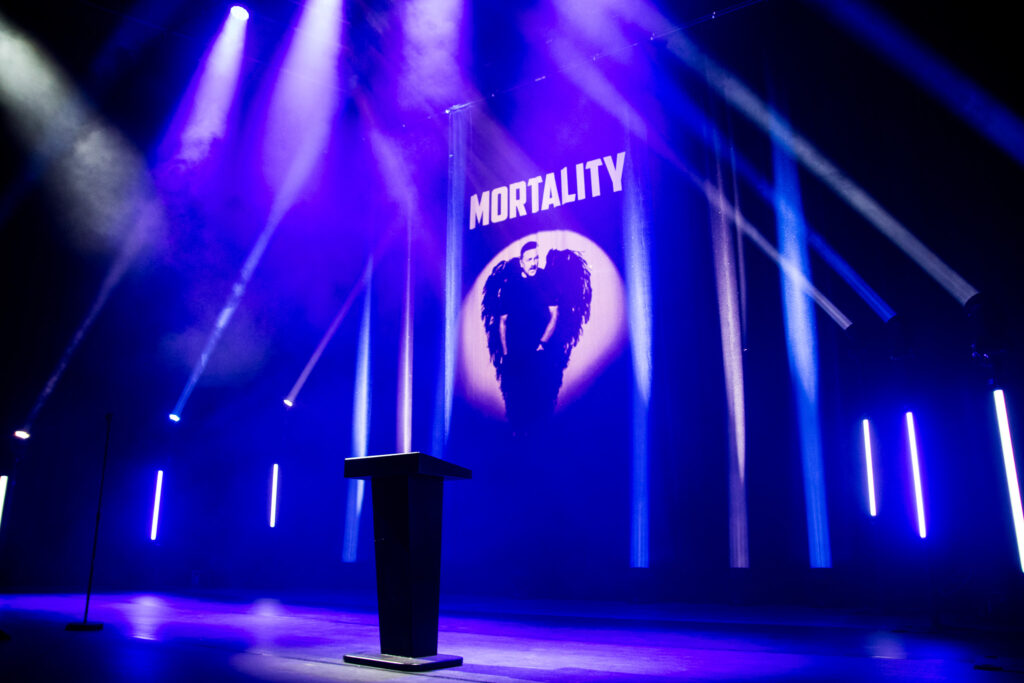
Given the show’s busy touring schedule, Clay appreciates being able to work and tweak the show on his ChamSys system whilst traveling. “It’s a massive benefit,” he declared. “I work with our team on feedback on previous shows so we can always improve. I do Vis drawing and WYG files and share them with our great tour rigger, John Ashton”
Clay and the production team strive to keep the same look throughout the theater leg of the show from one venue to the next. Helping in this regard is his console’s Morphing Head feature, which makes it easy for him to work with different house rig fixtures on the global tour whilst still keeping his programming. He can also edit his morphed file to account for variations in things like color rendering from fixture to fixtures.
The intuitive features of his ChamSys are also making it easy for Clay to experiment with different ideas during the tour. Among his more inspired concepts was to over lap gobos to create the captivating effect of a projection video. He also keeps much of the stage dark but relies on audience lighting to ensure that Gervais can see his fans.
“For us, the best outcome is when Ricky walks out, loves our work and says ‘Yes,” remarked Clay. Following this formula, the tour is providing fans with an experience they’re likely to remember for the rest of their lives. And even with “Mortality” that should be a very long time, indeed.
